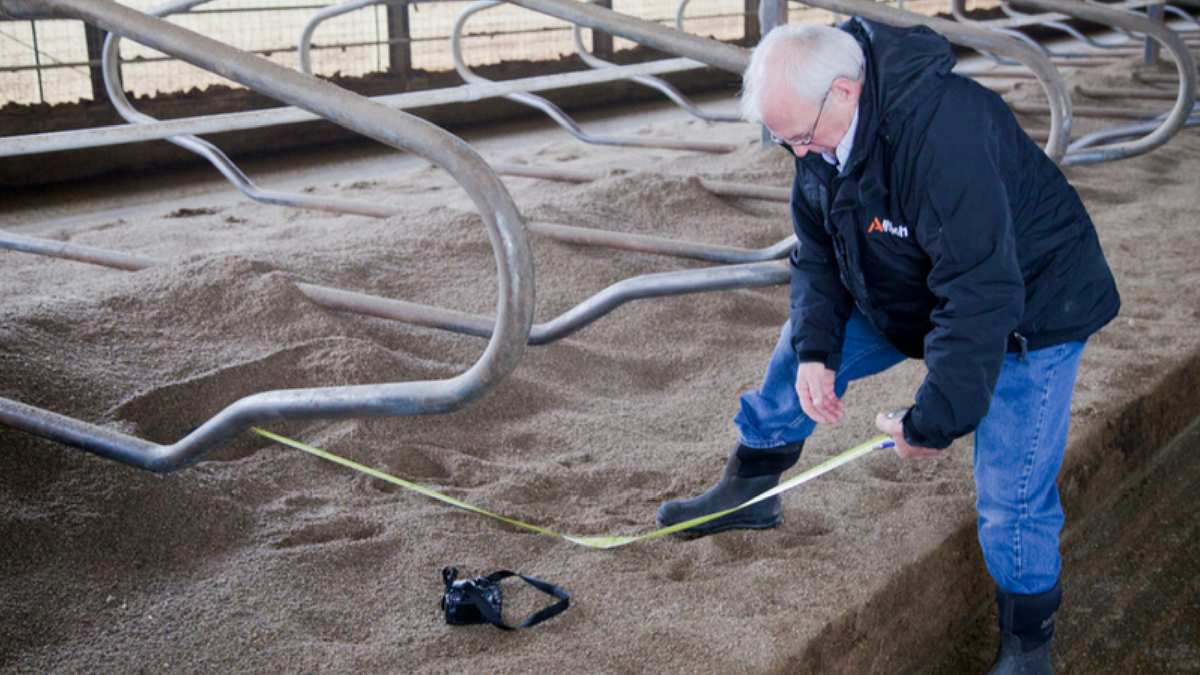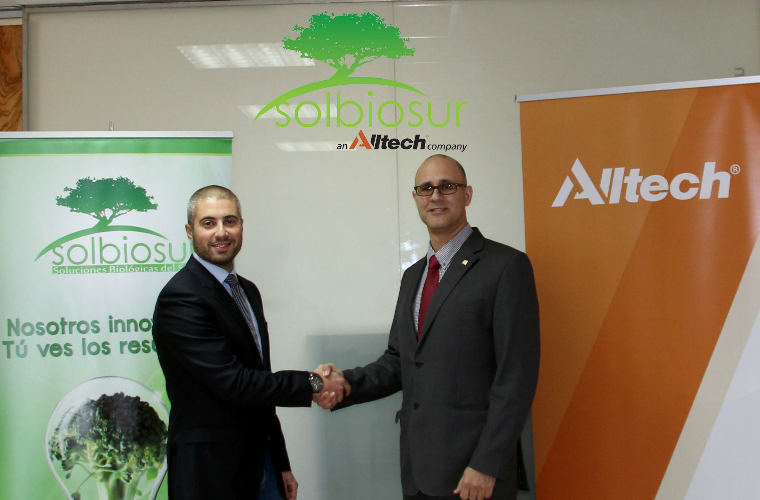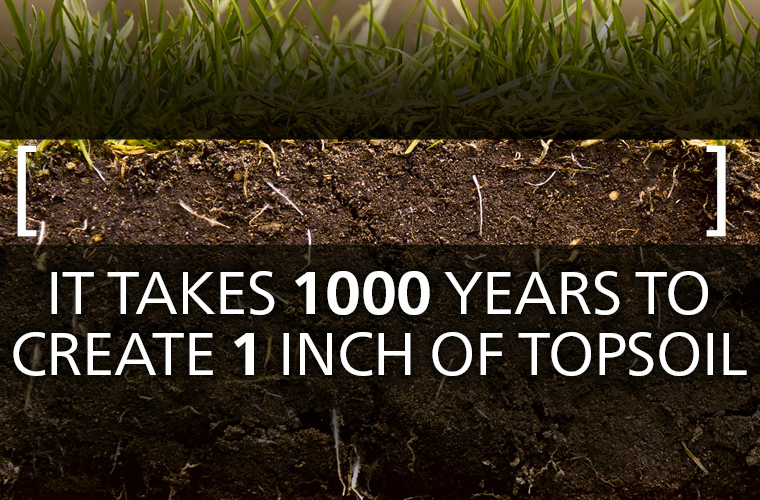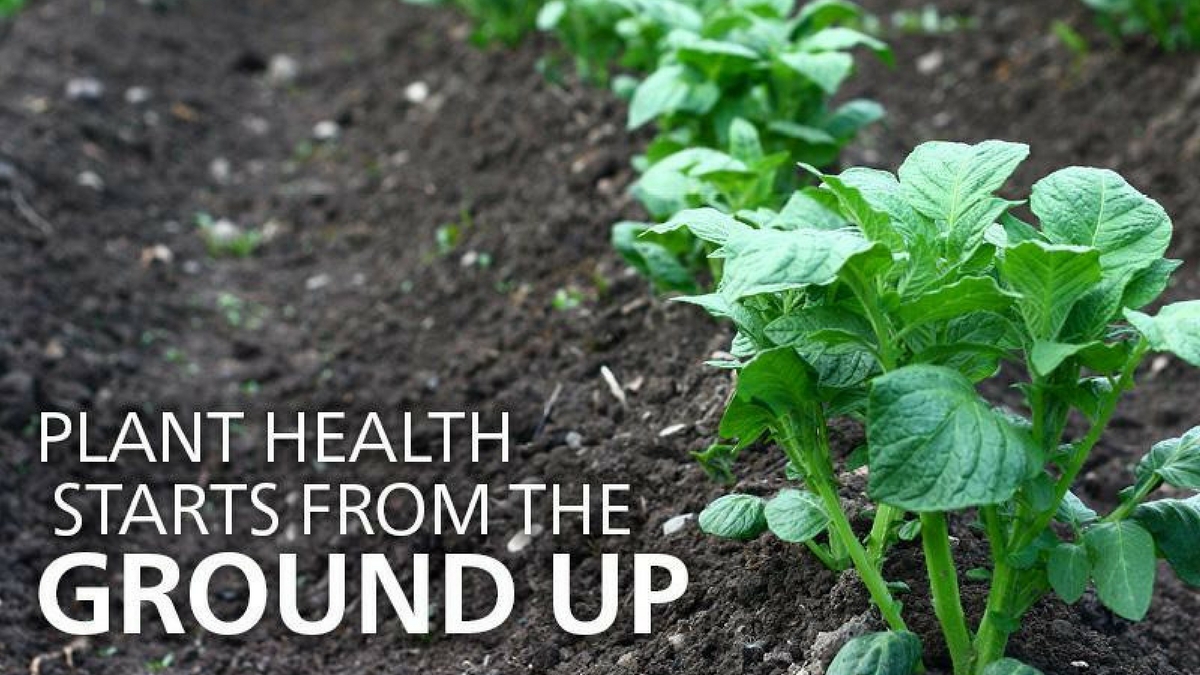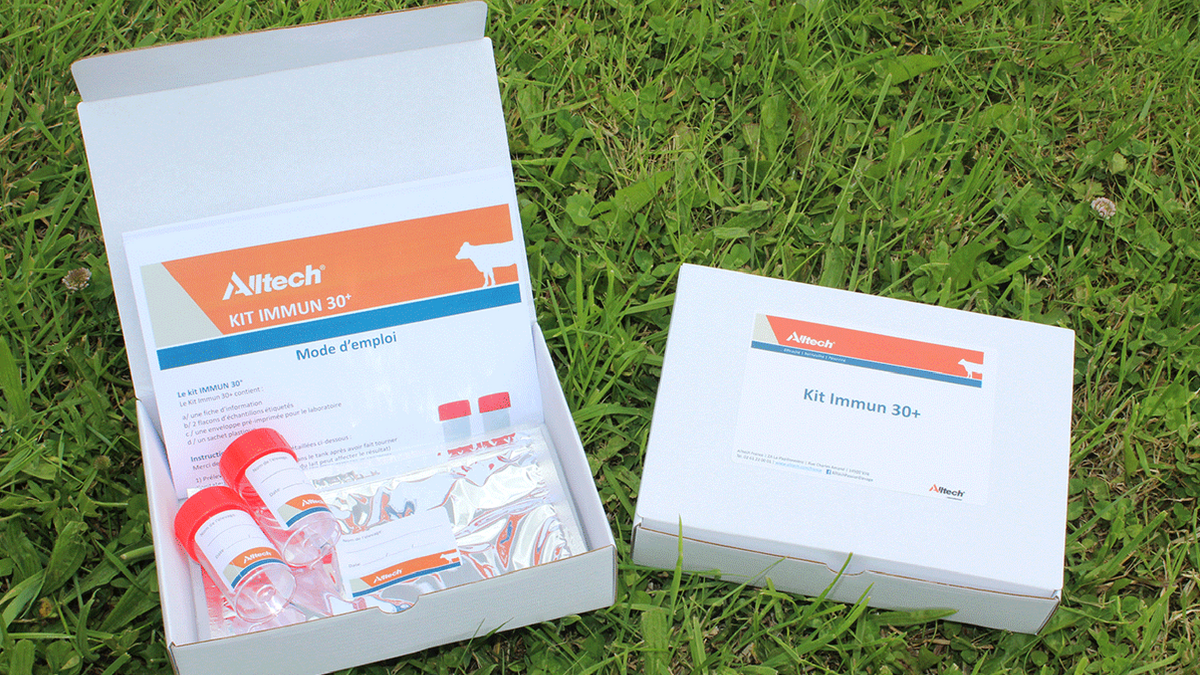Grower spotlight: George Hupman
On an overcast morning, George Hupman looks out over his soybeans and talks about how, as a kid, he looked out over the same field and could see three sets of hills in the distance. Now you can only see one. You can’t tell him that things haven’t changed.
Since graduating from the University of Kentucky and beginning his own farming career in Loretto, Kentucky, Hupman has seen 41 years of crops. In that time, the years have been filled with successes and failures, both of which have taught him invaluable lessons and paved the way for experimentation on his fields.
Hupman takes an objective approach to his crop maintenance.
“Basically, I try something and see if it works,” he said. “I’ll put it to the test, and I don’t know that I can be any fairer than that.”
Using strip trials, soil sampling and yield monitoring, he is able to get a clear picture of how effective a treatment is on his fields.
A move to no-till farming
The norm when Hupman began farming was to use a long-term crop rotation, in which a grower would plant crops for two years followed by two to four years of using the same field for pasture or hay before returning to crops and continuing the cycle.
Advancements in fertilizers and pesticides made it possible to crop annually on the same fields. In 1983, Hupman went no-till.
Improving soil conditions with a more natural farming approach
“If you work the soil, you destroy the biology, you destroy everything, and that’s the whole secret to soil: that biology,” he said.
In the first few years, Hupman put an emphasis on fertilizers to get his soil back in order and to build up the micronutrient levels. Searching for ways to improve his soil biology has led Hupman to look for more natural options in his crop inputs.
“I would much rather put a natural type of product on the soil or crop than pesticides,” he said. “We’ve got to put more work into natural products and natural ways of controlling things. Eventually, all these pesticides are going to catch up with us.”
Since taking this more natural farming approach, Hupman has found that he has needed to use less fungicide and herbicide.
Through the years, Hupman has also used various types of cover crops to help reestablish the soil biology. Currently, he has switched from a purely ryegrass cover crop to a mixture of several winter crops, including winter peas and buckwheat.
When asked if he had any advice for the future generations of growers, Hupman offered these simple yet poignant words: “If we’re going to have a sustainable agriculture in this country, we need to protect and rebuild our soils.”
- Read more about Grower spotlight: George Hupman
- Log in to post comments
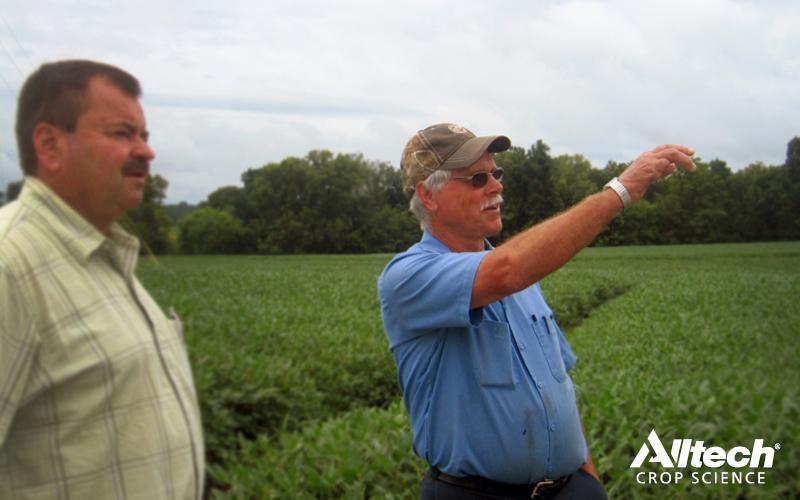

<p></p>













